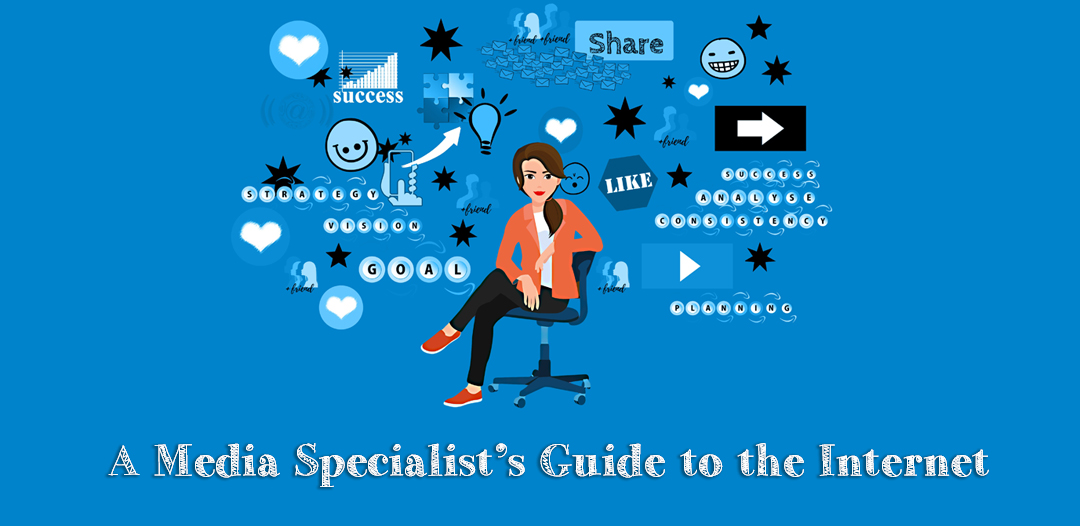 Those of you who have followed this site have seen the large post I did many years ago for teachers and students about Fake News. Today's post is for everyone, since our political climate is currently so filled with misinformation. We all need to have factual information. Please share with your friends on social media. Too many people believe everything they read or see on TV. I've also attached an infographic from the International Federation of Library Associations and Institutions, which you can print and post near your workspace.
Those of you who have followed this site have seen the large post I did many years ago for teachers and students about Fake News. Today's post is for everyone, since our political climate is currently so filled with misinformation. We all need to have factual information. Please share with your friends on social media. Too many people believe everything they read or see on TV. I've also attached an infographic from the International Federation of Library Associations and Institutions, which you can print and post near your workspace.
UPDATED 2/27/25
AP Fact Check- Associated Press' website, an independent global news organization dedicated to factual reporting, founded in 1846.
Fact Check- A project of the Annenberg Public Policy Center
Fact Tank: News in the Numbers- "Pew Research Center is a nonpartisan fact tank that informs the public about the issues, attitudes and trends shaping the world. It conducts public opinion polling, demographic research, media content analysis and other empirical social science research."
MediaBias/Fact Check- comprehensive media bias resource; currently 3200+ media sources listed in the database and growing every day.
Media Matters for America- "A web-based, non profit research and information center dedicated to comprehensively monitoring, analyzing, and correcting misinformation in the U.S. media."
Open Secrets- run by the Center for Responsible Politics; non-profit, non-partisan. Also lists where candidates get their money. Dark money is explained in detail.
NPR- National Public Radio; non-profit media organization
PolitiFact- non-profit run by the Poynter Institute
Poligraph- from Voice of America; includes fact-check videos
PunditFact- "a project of the Poynter Institute, dedicated to checking the accuracy of claims by pundits, columnists, bloggers, political analysts, the hosts and guests of talk shows, and other members of the media."
SciCheck- Fact Check's site "focuses exclusively on false and misleading scientific claims that are made by partisans to influence public policy. It was launched in January 2015."
Snopes- one of the largest collections online
Sunlight Foundation- "a national, nonpartisan, nonprofit organization that uses civic technologies, open data, policy analysis and journalism to make our government and politics more accountable and transparent to all."
TinEye- this is a reverse image search which tells you whether or not an image was altered.
The Washington Post Fact Checker- "the truth behind the rhetoric"
Here is the English version. (Right-click on the image to download.)
The infographic is also available in 45 other languages!! CLICK HERE to see the list.
















